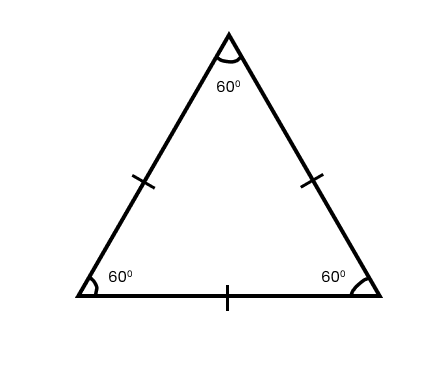Understanding Quadrilaterals Class 8 Questions and Answers - Free PDF Download
Recently Updated Pages
NCERT Solutions for Class 8 Science Chapter 13 Our Home: Earth

NCERT Solutions for Class 8 Science Chapter 7 | Particulate Nature

NCERT Solutions for Class 8 Science Chapter 12 | How Nature Works

NCERT Solutions for Class 8 Science Chapter 6: Pressure, Winds & Cyclones

NCERT Solutions for Class 8 Science Chapter 11: Keeping Time with the Skies

Class 8 Science Chapter 5 Exploring Forces NCERT Solutions PDF

Trending pages
NCERT Solutions For Class 8 Science All Chapters - 2025-26

NCERT Solutions For Class 8 Science Chapter 13 Light

NCERT Solutions For Class 8 Social Science All Chapters - 2025-26

NCERT Solutions for Class 8 Science Chapter 10 Sound 2025-26

NCERT Solutions For Class 8 Maths Chapter 9 Mensuration Exercise 9.1 - 2025-26

NCERT Solutions For Class 8 Science Chapter 7 Reaching The Age Of Adolescence - 2025-26












